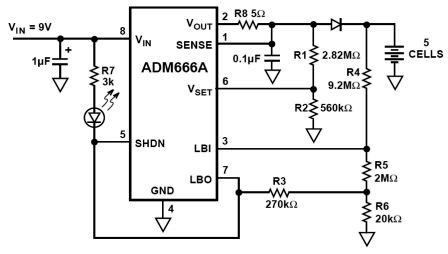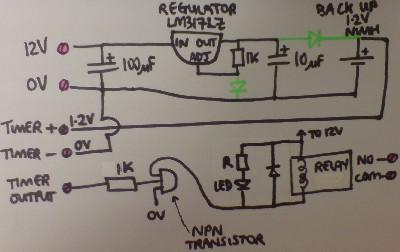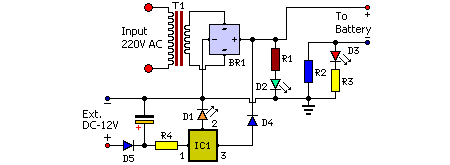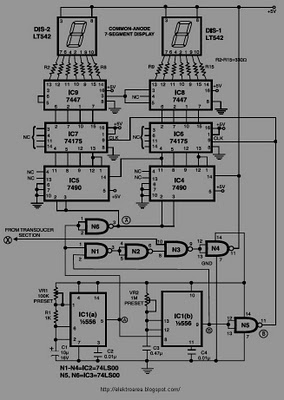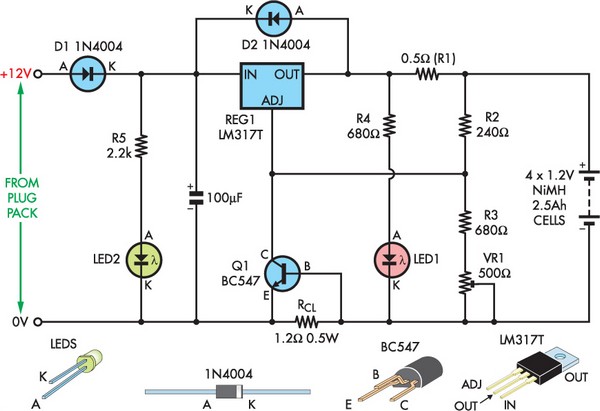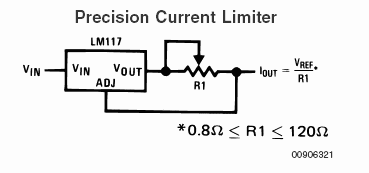
LM317 IC For Batteries Charger & PSU For Digital Cameras
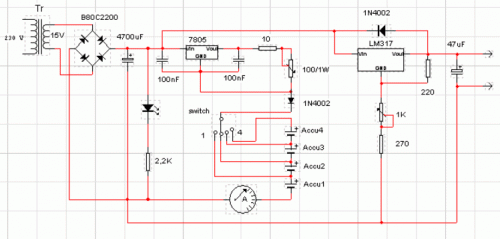
This circuit serves a function for digital cameras. It is well-known that digital cameras have considerable power consumption.
The circuit is designed to optimize power management for digital cameras, addressing the challenge of high energy usage during operation. It incorporates a voltage regulator to ensure stable power supply levels, which is critical for the consistent performance of camera components such as the image sensor, processor, and display.
Additionally, the circuit features a power-saving mode that can be activated when the camera is idle, significantly reducing power consumption. This is achieved through the use of a microcontroller that monitors camera activity and switches off non-essential components during periods of inactivity.
Furthermore, the circuit may include a battery management system that allows for efficient charging and discharging cycles, prolonging battery life while ensuring the camera operates optimally. The integration of capacitors helps to smooth out voltage fluctuations, providing a reliable power source to sensitive electronic components.
Overall, this circuit design aims to enhance the efficiency and longevity of digital cameras, making it an essential component for modern photography devices.This circuit have a function for digital cameras. It`s known the digital cameras have considerable power consumption. For example my camera .. 🔗 External reference
The circuit is designed to optimize power management for digital cameras, addressing the challenge of high energy usage during operation. It incorporates a voltage regulator to ensure stable power supply levels, which is critical for the consistent performance of camera components such as the image sensor, processor, and display.
Additionally, the circuit features a power-saving mode that can be activated when the camera is idle, significantly reducing power consumption. This is achieved through the use of a microcontroller that monitors camera activity and switches off non-essential components during periods of inactivity.
Furthermore, the circuit may include a battery management system that allows for efficient charging and discharging cycles, prolonging battery life while ensuring the camera operates optimally. The integration of capacitors helps to smooth out voltage fluctuations, providing a reliable power source to sensitive electronic components.
Overall, this circuit design aims to enhance the efficiency and longevity of digital cameras, making it an essential component for modern photography devices.This circuit have a function for digital cameras. It`s known the digital cameras have considerable power consumption. For example my camera .. 🔗 External reference
